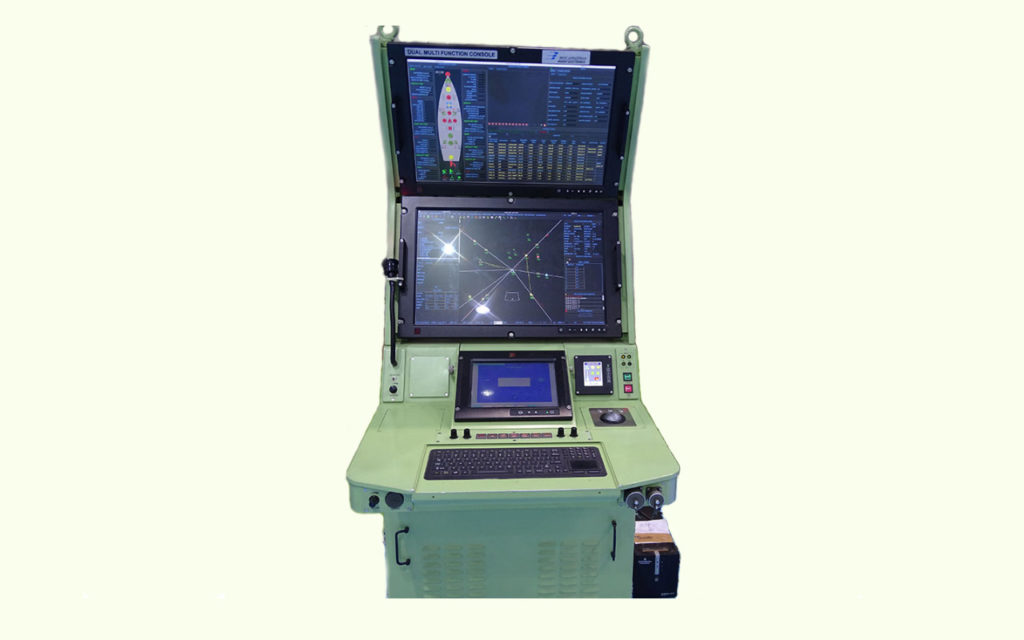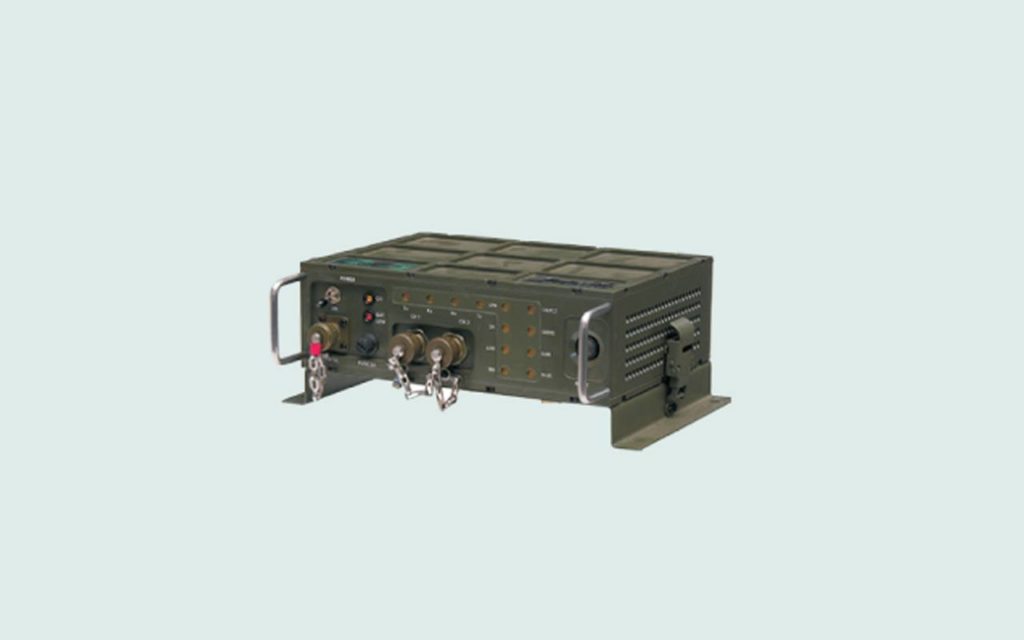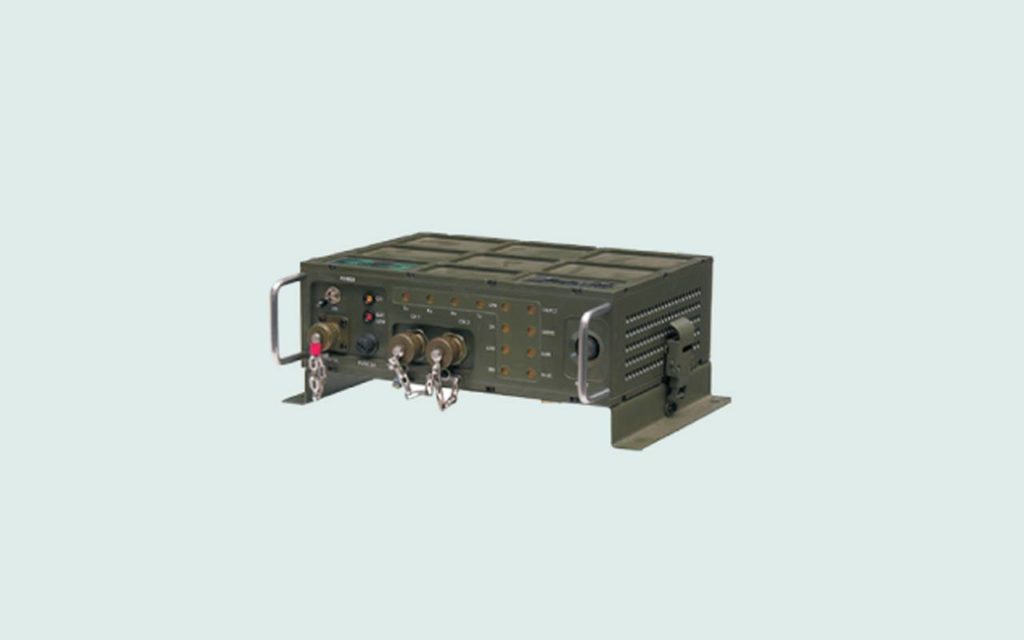Table of Contents
1. Battlefield Surveillance System (BSS)

This mobile automated surveillance system is capable of integrating the inputs from all battlefield surveillance devices at both div and corps levels, then processing them to confirm their veracity, prevent duplication, fusing them with other kinds of inputs and databases, all in order to produce a battlefield scenario that will aid the commander in making crucial decisions. The BSS collects data from various sensors, carries out situation assessment using MSDF, and displays this tactical picture on a map background using a customized GIS. Other important aspects of the system include:
Mobile automated surveillance system, a surveillance center, a communication control unit, generators and various surveillance communication terminals, collecting data from a variety of sensors located over a wide area, displaying tactical situation on a map background, and decision support to commanders using multi-sensor data fusion techniques.
Furthermore, the surveillance system provides artificial intelligence and knowledge-based techniques for target identification and situation assessment, voice, video, text, and images sent over secure high-speed digital communication links, the hybrid communication network of fiber optics and VHF, HF and UHF radios, and the use of multitier security.
2. Combat Management System (CMS)

Major aspects and features of this system are:
Automate tactical data handling from the sensors of the ship, a decision support system to the command, gathering of data from ships / helicopters / aircrafts in the fleet through data link to collate, process, integrate and present a complex tactical picture of the operation area, and acquiring, storing, processing, integrating, correlating and displaying tactical data from various sensors in real time.
In addition to these, the combat system also offers continuous identification and classification of air, surface and subsurface targets, carrying out a threat assessment and automatically advising the command on their engagement.
Furthermore, it can also advise the command on a course of action when activated by events occurring in the integrated equipment, designate sub-surface, surface and air targets to the fire control system, and monitor the execution of weapon firing and display the status of weapons communication after firing.
Essentially, it is a facility for off-line map preparation and loading of charts, which has adequate redundancy provided by fault-tolerant software and is capable of simulating environment comprising of all sensors in order to present real situation scenarios for the training of the operator.
Last but not least, it has easy to use diagnostics for off-line health monitoring, maintenance of system and verification of hardware health. The flexible architecture facilitates addition and detection of system components on different types of platforms.
3. Wireless Message Transfer Unit (WMTU)

In CIDSS, commanders on the move often have to access the resources at formation HQs, which is a distributed LAN. To make this happen, an interface unit called Wireless Message Transfer Unit (WMTU) was designed to transfer Ethernet packets over wireless media. It is deployed in a LAN environment and provides seamless integration with the Ethernet network. It supports two channels of Digital radio (STARS V Mk II) and two serial ports.
WMTU is a Pentium based single board computer, using with PC 104 bus interface and industrial grade component add-on cards, which provide interface with wireless media. The system is rugged in order to meet the stipulated environmental, EMI and EMC requirements.
4. Rugged Laptop Computer (RLTC)

This laptop meets all the requirements of a military personnel user, as well as of an industrial worker or any other member of harsh environment work. Appropriate engineering design ensures it will survive in such conditions. The rugged laptop computer is runs on a Core i7 system with 10/100/1000 optical and electrical Ethernet interface, a removable hard disk, DVD R/W, a 15″ LCD display interface, graphics card with 1 GB of memory, standard Qwerty keyboard and a touchpad, a modem, and 2GB of RAM, which is expandable to 4GB.
The system of the laptop operates with a nominal input of 12 V DC supply and has a battery backup field conditions. The OS is Windows 7 or XP. In addition to this, provision is available for the express card, while the flexible design makes both the upgrades and maintenance simple. The superior mechanical reliability makes the RLTC an ideal piece of equipment in applications where harsh or vibration-prone environment prohibits the use of a standard commercial computer and laptops.
